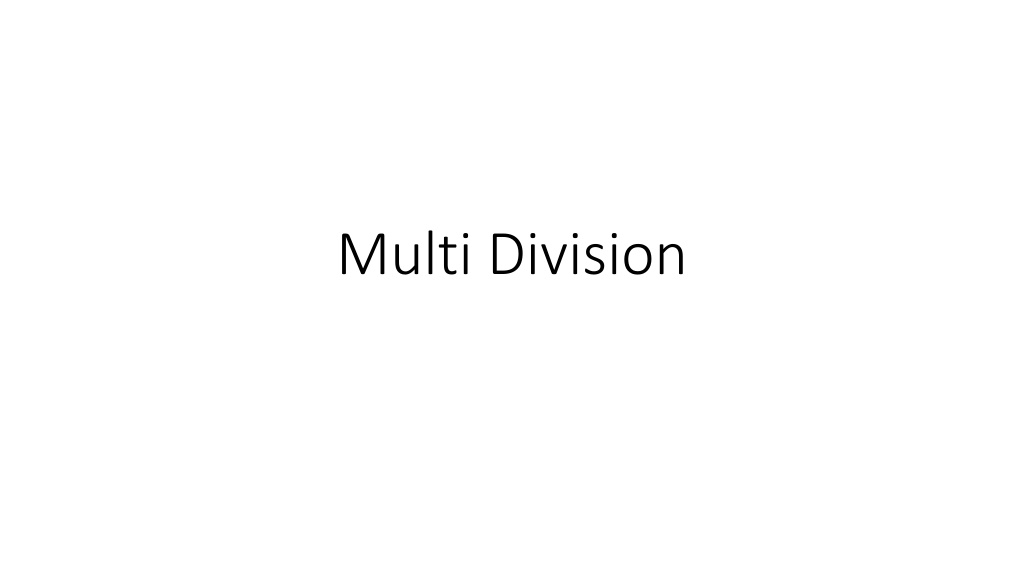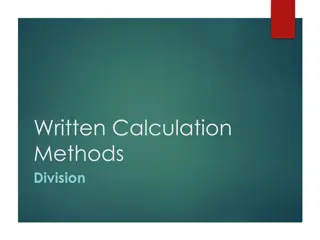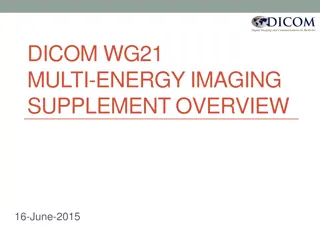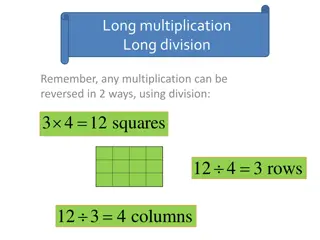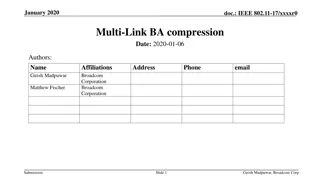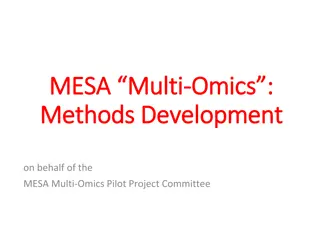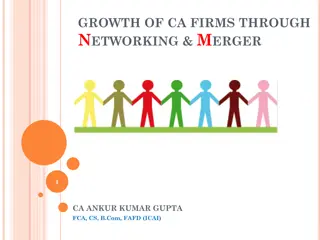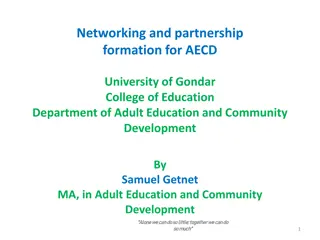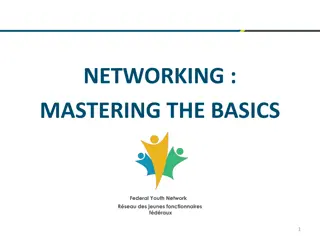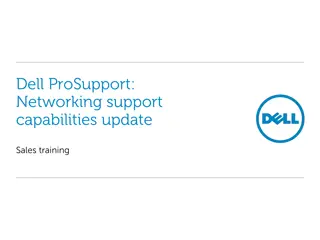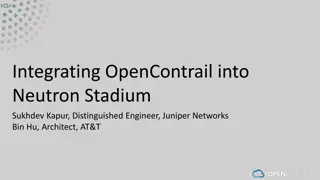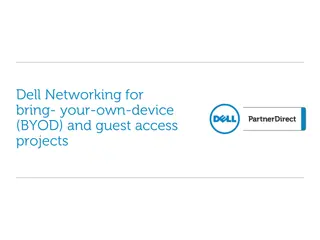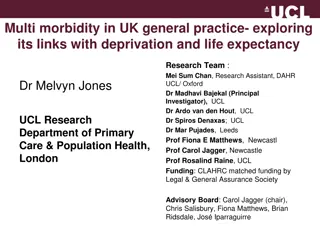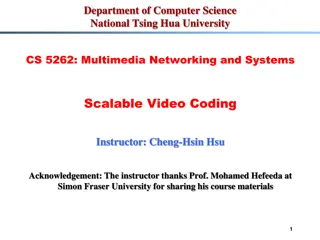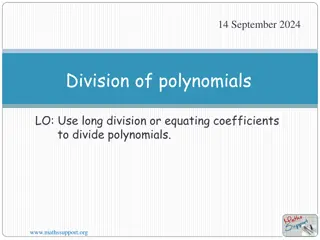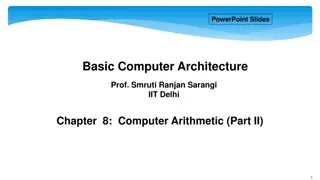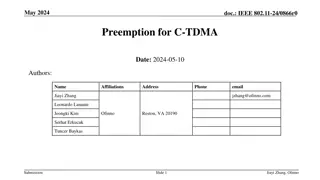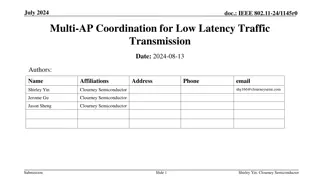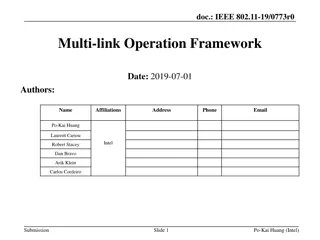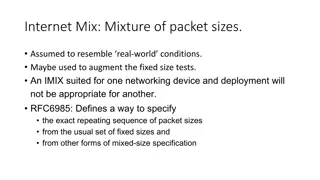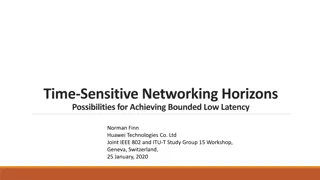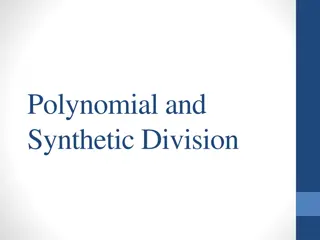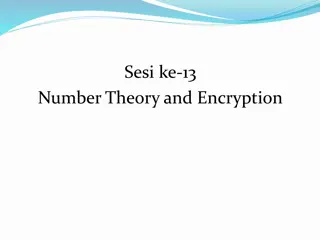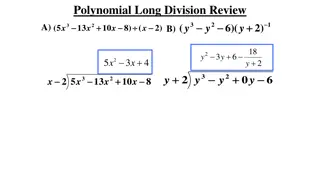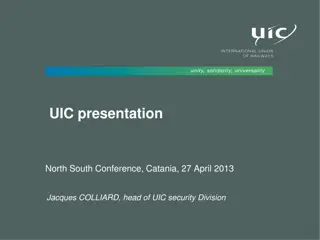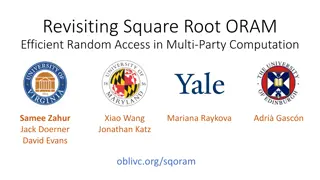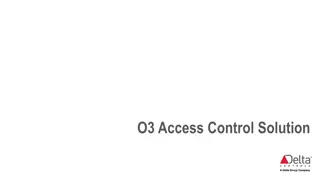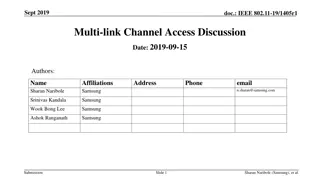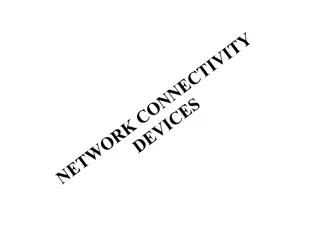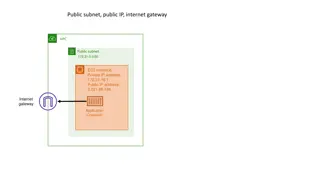Multi Division in Networking: Access Methods & Duplexing Techniques
Reviewing the concepts of multi-division in networking, this content delves into the need for multiple control channels, challenges in sharing channels, techniques like ALOHA and CSMA, and the importance of control channels and data channels. It explores access methods for control and data channels, the role of protocols like FDMA, TDMA, CDMA, and OFDM, and the categorization of multi-access methods based on frequency division duplexing (FDD) and time division duplexing (TDD).
Download Presentation

Please find below an Image/Link to download the presentation.
The content on the website is provided AS IS for your information and personal use only. It may not be sold, licensed, or shared on other websites without obtaining consent from the author. Download presentation by click this link. If you encounter any issues during the download, it is possible that the publisher has removed the file from their server.
E N D
Presentation Transcript
Review Multiple control channels are needed Sadly, not enough for everyone We have to share Sharing sucks A lot Techniques created to allow sharing ALOHA <-- great first attempt, scales poorly. Why? Slotted ALOHA. <-- sync time slots CSMA <-- a worldly new idea, listen first! CSMA/CD <-- great for duplex CSMA/CA <-- dynamically predict/avoid collisions
Being Chatty Multi radio access methods are important Primarily used for control channels Data channels are too intensive to share in these ways The good news We can predict a data channel's need! Well, not really . The control channel will ask for it first
Brining it all back ALOHA and CSMA Still essential Their role: unscheduled and unpredictable transmissions Aka: control channels The MS will ask for the data channel via control Control channel will gladly provision access for data
Multi Division Requirements Who are you talking to? I hear a lot of discussions Are any of them meant for me? Same issues for BS and MS An MS needs to keep their BS straight There many BS like mine, but this one is mine (Not to be confused with the other BSers out there
Any guesses what protocols we use for data?
They're back!! FDMA TDMA CDMA OFDM
These are divided up Two core categories Duplex traffic needs to happen somehow Frequency division duplex get (FDD) Carve out the frequency being used Time division duplexing (TDD) Carve shares out based on time
So where do they fall? Our multi access methods can be categorized as: FDMA Clearly a FDD TDMA Mostly TDD But has a dash of FDD CDMA Both
FDMA FDMA never overlaps a frequency Easy to ensure zero interference Use a frequency synthesizer Handles the broadcast on correct channels Channel Spacing Generally: Uplinks are separate from down links All of the uplink channels are in one block of spectrum Individual up/down pairs are separated Uplink and down link groups are separated by a buffer Protecting bandwidth
FDMA f1 f2 fn f1 f2 fn Reverse channels Forward channels Guard Band Wg Sub Band Wc 4 1 2 3 N Frequency Total Bandwidth W = NWc
TDMA Same concept as FDMA Except Now we assign time slots Sort of like slotted ALOHA Some differences though: Can be FDD or TDD Technically becomes FDMA/FDD vs FDMA/FDD The division is for up/down links
TDMA Guard Now we use time instead of spectrum Frame Frame Frame Frequency 2 n 1 n 1 1 2 2 n Time Head Data Guard time
TDMA Problems Wide band TDMA can have super high speeds But it sucks TDMA can't handle multi path fading Waves bounce around stuff Might get delayed between BS and MS Terrible deal when the whole protocol is based on time Lots of control channel time spent on . Time Not so bad if constantly talking Makes bursting a pain, have to resend time each burst People like to burst, constant transmissions don't
CDMA Very large bandwidth So much it was initially thought to be a waste Uses the large bandwidth really efficiently because It's sharing it One issue: near far issues Uplinks (reverse channel transmission) from MS that are far away Masked by near by MS Not so much an issue in reverse Solution: limit MS transmit power when nearby
Two CDMA Styles Frequency Hopping Not often used Requires very fast synthesizer Direct Sequence Remain on a set frequency Leverage codes/dynamically assign them
Spread Spectrum CDMA suffers from near/far issue Instead of blasting lots of data with super high power Use less power but more bandwidth Digital signal s(t) Spreading signal m(t) Spreading Power Power Frequency Code c(t) Frequency
Frequency Hopping Spread Spectrum Instead of spreading out over large bandwidth Splits over several channels Receiver Transmitter Despread Spreading Digital signal s(t) Digital signal Spreading signal Hopping pattern Hopping pattern Power Power Power Frequency Frequency Frequency
CDMA Example Room with multiple people Everyone understands English + 1 other language Coordinator pairs up who can talk So long as no pair is too loud Everyone can talk at the same time Only the pairs can understand each other Even though there s other conversations
Next Time Keep going with other signals OFDM SDMA Amplitude Modulation Frequency Modulation Quadrature Amplitude Modulation
